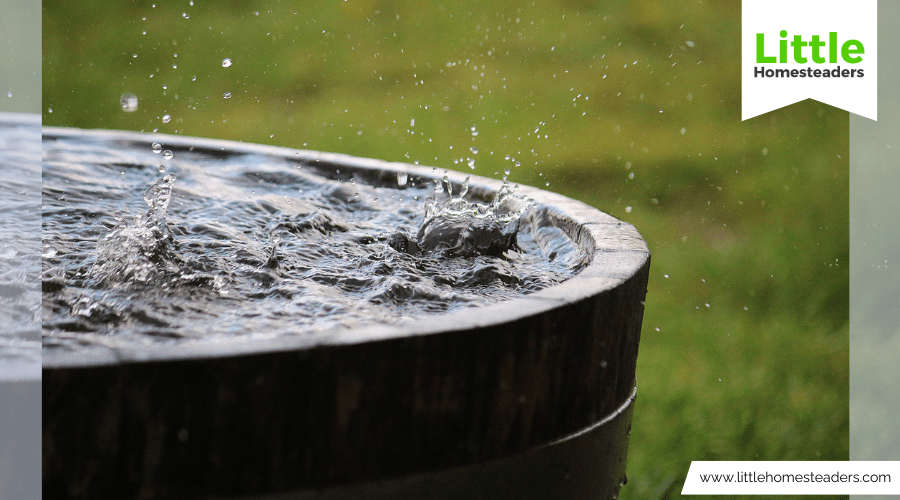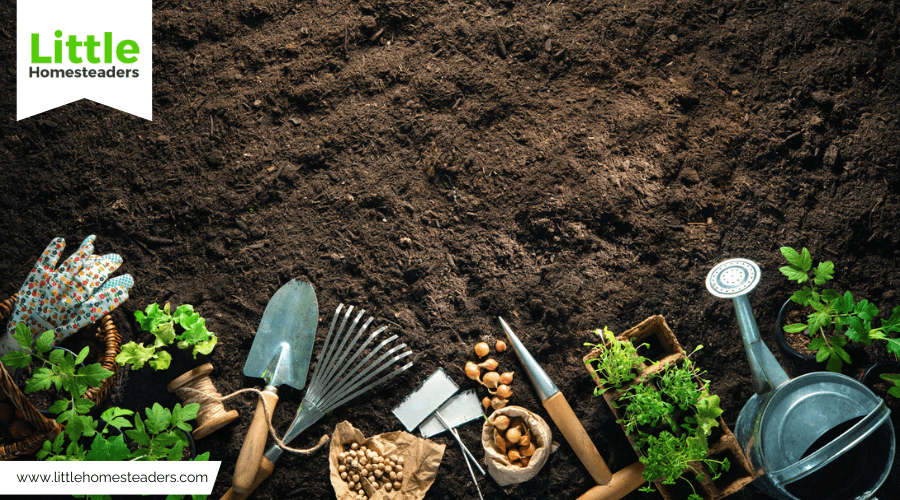Caring for Quality Tools: The Ultimate Guide to Extending Homestead Equipment Life
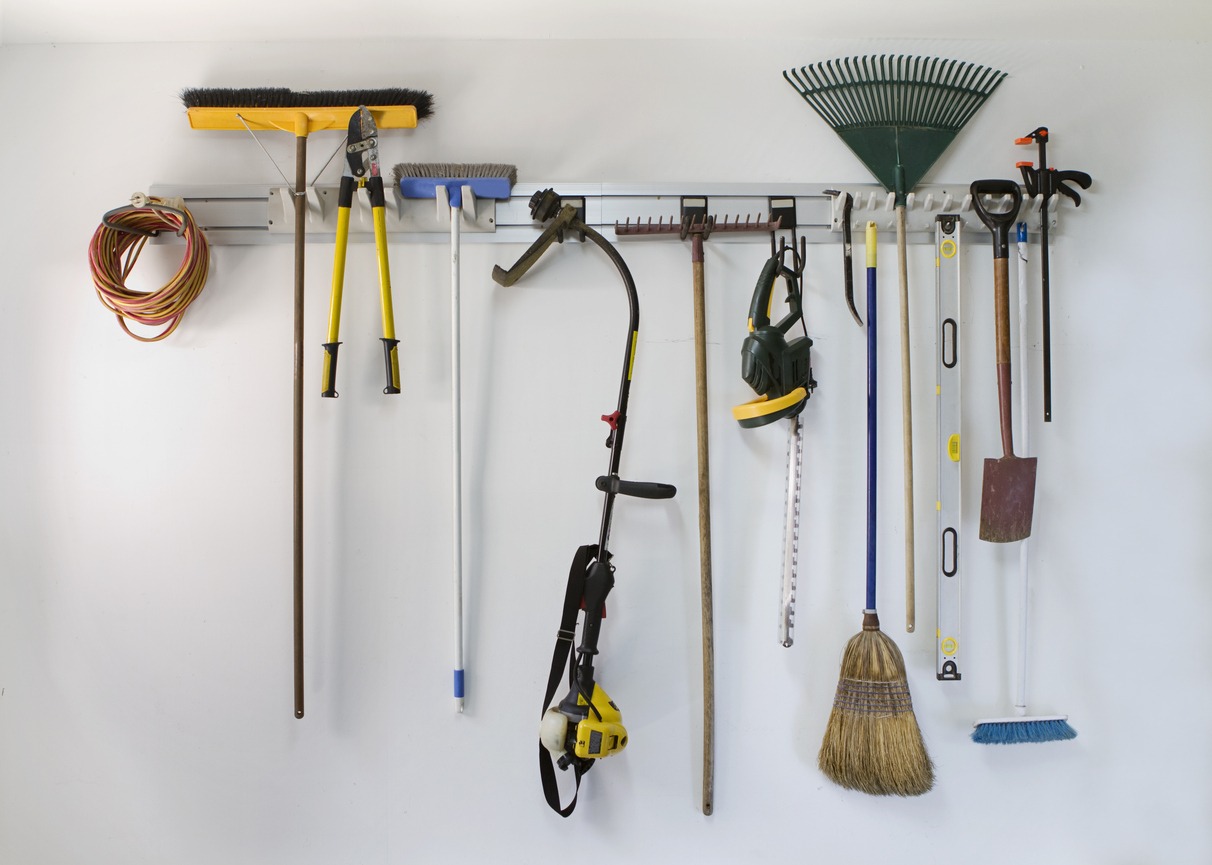
When you’re working hard to maintain your homestead, your tools are more than just equipment—they’re indispensable partners in every task, big or small. Whether you’re tilling the garden, mending fences, or building something from scratch, well-maintained tools make all the difference. Taking care of your tools not only saves money but also ensures you work more efficiently, making every chore a little bit easier.
In this guide, we’ll discuss practical, easy-to-follow tips for keeping your homestead tools in top shape. From cleaning and storage to sharpening and rust prevention, these steps will help extend the life of your equipment so it serves you well for years to come.
Clean Tools After Every Use
It’s tempting to toss tools aside after a long day, but a little cleaning goes a long way. Dirt, moisture, and debris can cause rust and wear, reducing the lifespan of your equipment. Here’s how to clean your tools the right way:
- Metal Parts: After use, wipe down metal surfaces with a clean, dry cloth to remove dirt and moisture. For added protection, apply a thin coat of machine oil or a rust inhibitor. This simple step prevents oxidation and keeps tools looking sharp.
- Wooden Handles: Wipe wooden handles with a damp cloth, then let them air-dry completely. This prevents dirt from caking on and stops moisture from seeping into the wood.
- Hard-to-Reach Areas: Disassemble tools like pruners or clippers to access joints and moving parts. Use a soft brush to clean away stubborn grime.
Pro Tip: To restore shine to tools with heavy rust, soak them in white vinegar overnight and scrub them with steel wool. It’s an easy, cost-effective solution.
Store Tools Properly
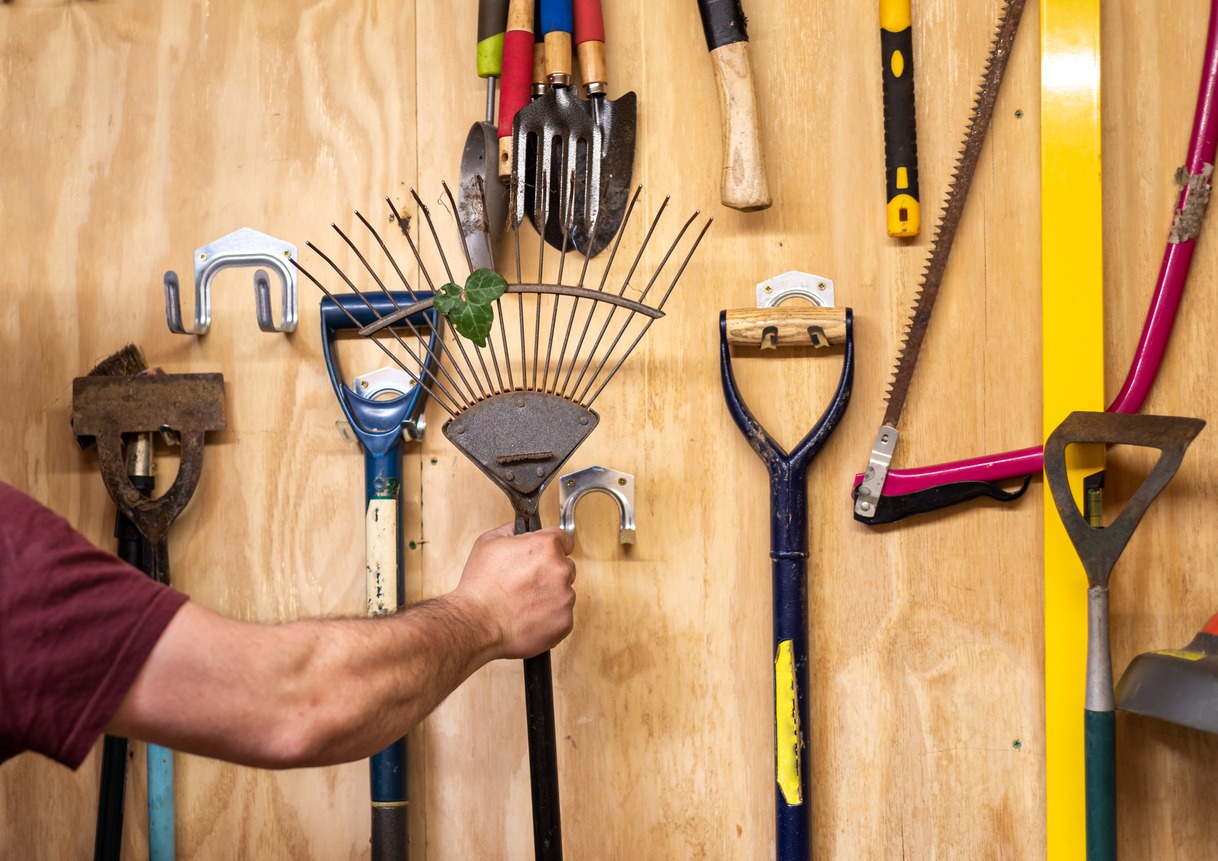
Proper storage is essential to protect your tools from the elements. Leaving them exposed to rain, sun, or fluctuating temperatures can cause irreversible damage. Here’s how to store your equipment:
- Choose a Dry, Climate-Controlled Space: Keep tools in a shed, garage, or workshop where they’re safe from humidity and extreme weather.
- Organize for Accessibility: Use pegboards for hanging long-handled tools, tool chests for smaller items, and labeled bins for screws or attachments. This not only keeps your space tidy but also ensures you can grab what you need without hassle.
- Protect Against Moisture: To keep humidity levels in check, add silica gel packs or a dehumidifier to your storage area.
Pro Tip: Hang tools vertically whenever possible. This prevents blades from dulling and handles from warping due to uneven weight distribution.
Sharpen Blades for Peak Performance
Dull tools make tasks harder and increase the risk of injury. Keeping blades sharp ensures efficient cuts, reduces effort, and extends the life of your equipment.
How to Sharpen Tools
- Select the Right Tool: Depending on the blade type, use a sharpening stone, file, or grinder. Always consult the manufacturer’s guidelines if you’re unsure.
- Maintain the Proper Angle: Sharpen blades at the recommended angle (usually 20–30 degrees for most garden tools). This ensures even edges and prevents damage.
- Avoid Overheating: When using a grinder, work in short bursts to prevent the blade from overheating, which can weaken the metal.
Pro Tip: After sharpening, wipe the blades clean and apply a light coat of oil to prevent rust.
Care for Wooden Handles
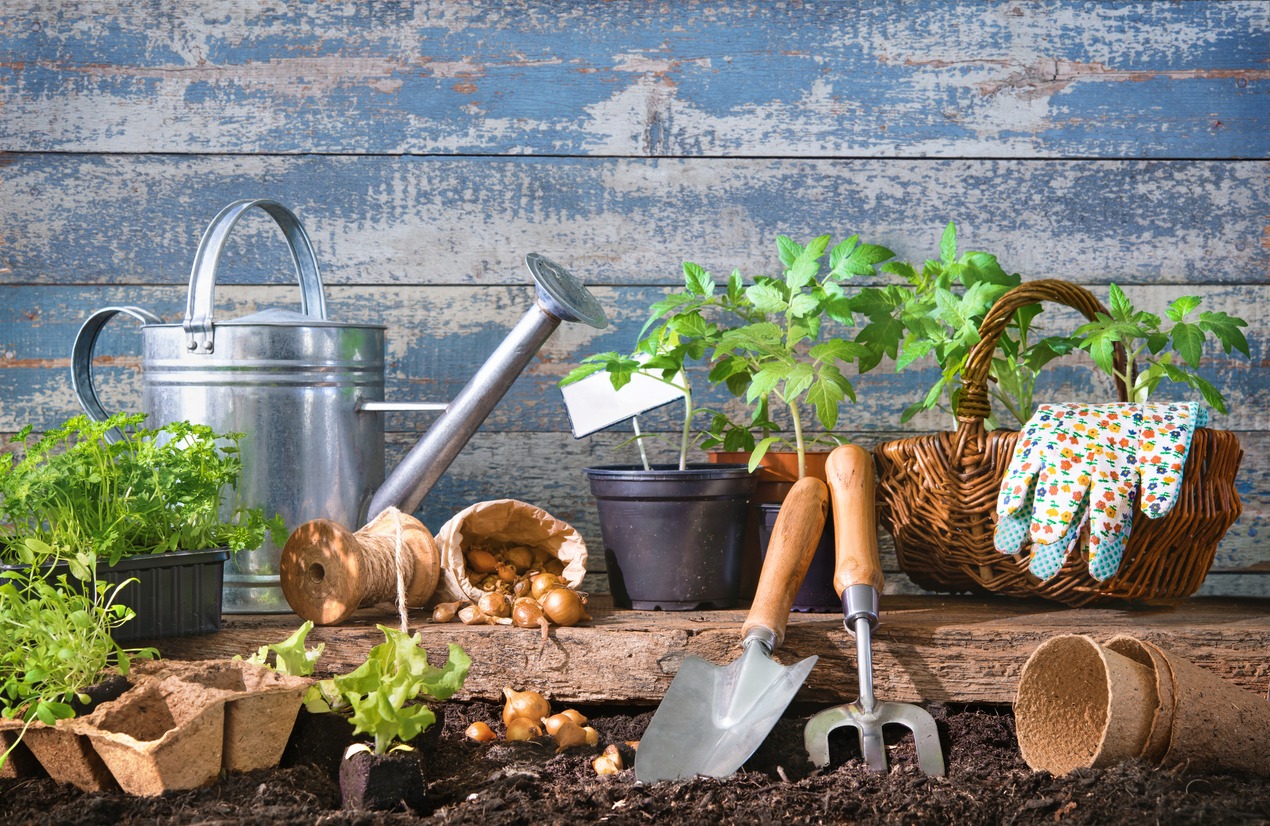
Wooden handles are comfortable and durable, but they require regular care to remain in good condition. Without proper attention, they can crack, splinter, or weaken over time.
Maintenance Tips
- Inspect Regularly: Look for signs of wear, such as cracks or splinters. Address these issues promptly by sanding rough spots with fine-grit sandpaper.
- Apply Protective Oils: Rub boiled linseed oil or tung oil into wooden handles to condition and seal them. This protects against moisture and extends the wood’s life.
- Store Safely: Keep tools upright in a dry area to prevent handles from absorbing moisture from the ground.
Pro Tip: Apply oil once a year or as needed, depending on how often you use your tools.
Lubricate Moving Parts
Smooth operation is the hallmark of a well-maintained tool. Lubricating hinges, joints, and pivots prevents wear and tear while ensuring tools work efficiently.
How to Lubricate
- Clean First: Remove dirt and grime to ensure the lubricant penetrates effectively.
- Apply Sparingly: Use multipurpose oil or lubricant on moving parts like shears or pruners. A little goes a long way—too much oil can attract dirt and cause clogs.
- Wipe Away Excess: After application, wipe away any excess lubricant to prevent buildup.
Pro Tip: For tools with complex mechanisms, consult the manufacturer’s guidelines for the best lubrication practices.
Inspect for Damage Regularly
Preventative care starts with regular inspections. By catching issues early, you can save yourself from costly repairs or replacements.
Inspection Checklist
- Metal Parts: Check for cracks, dents, or signs of rust.
- Handles: Look for splinters, cracks, or loose fittings.
- Electrical Cords: Inspect for frayed wires or damaged insulation.
- Fasteners: Tighten loose screws, bolts, or nuts.
Pro Tip: Keep a small repair kit on hand for quick fixes, such as a screwdriver, replacement screws, and epoxy.
Prevent Rust and Corrosion
Rust is a tool’s worst enemy, but with the right precautions, you can keep it at bay.
Rust Prevention Tips
- Dry Thoroughly: After cleaning, make sure tools are completely dry before storing.
- Apply Protective Coatings: A light coat of rust-preventative oil or wax creates a barrier against moisture.
- Use Covers: Store tools in protective sheaths or bags to minimize exposure to air and humidity.
Pro Tip: For extra durability, consider investing in tools made from rust-resistant materials, such as stainless steel.
Organize Your Tools Effectively

An organized workspace is more than just visually pleasing—it also protects your tools and improves your workflow.
Organization Ideas
- Vertical Storage: Hang long-handled tools like rakes and shovels on wall racks.
- Group by Function: Store similar tools together for easy access.
- Label Storage Areas: Use clear bins and labels to keep small items like screws or gloves in order.
Pro Tip: Rotate seasonal tools to the front for convenience and store rarely used items in less accessible areas.
Invest in Quality Tools
High-quality tools may come with a higher price tag, but they’re worth every penny. Durable materials and superior craftsmanship mean these tools last longer and perform better.
What to Look For
- Material: Opt for high-carbon steel for cutting tools, as it offers excellent strength and sharpness retention.
- Design: Choose ergonomic handles for comfort during extended use.
- Reputation: Stick with trusted brands known for quality and warranties.
Pro Tip: Think of tools as an investment in your homestead’s success. A good tool pays for itself through years of reliable service.
Conclusion
Caring for your homestead tools doesn’t have to be complicated. By cleaning, storing, sharpening, and inspecting regularly, you can extend the life of your equipment and save yourself time and money. Start with small steps—clean a tool, organize a shelf, or oil a handle. Over time, these simple habits will ensure your tools remain reliable partners in all your homesteading endeavors.
So grab your favorite tool and give it a little TLC. Your future self will thank you when those tasks get done faster, easier, and with tools that feel like new.



